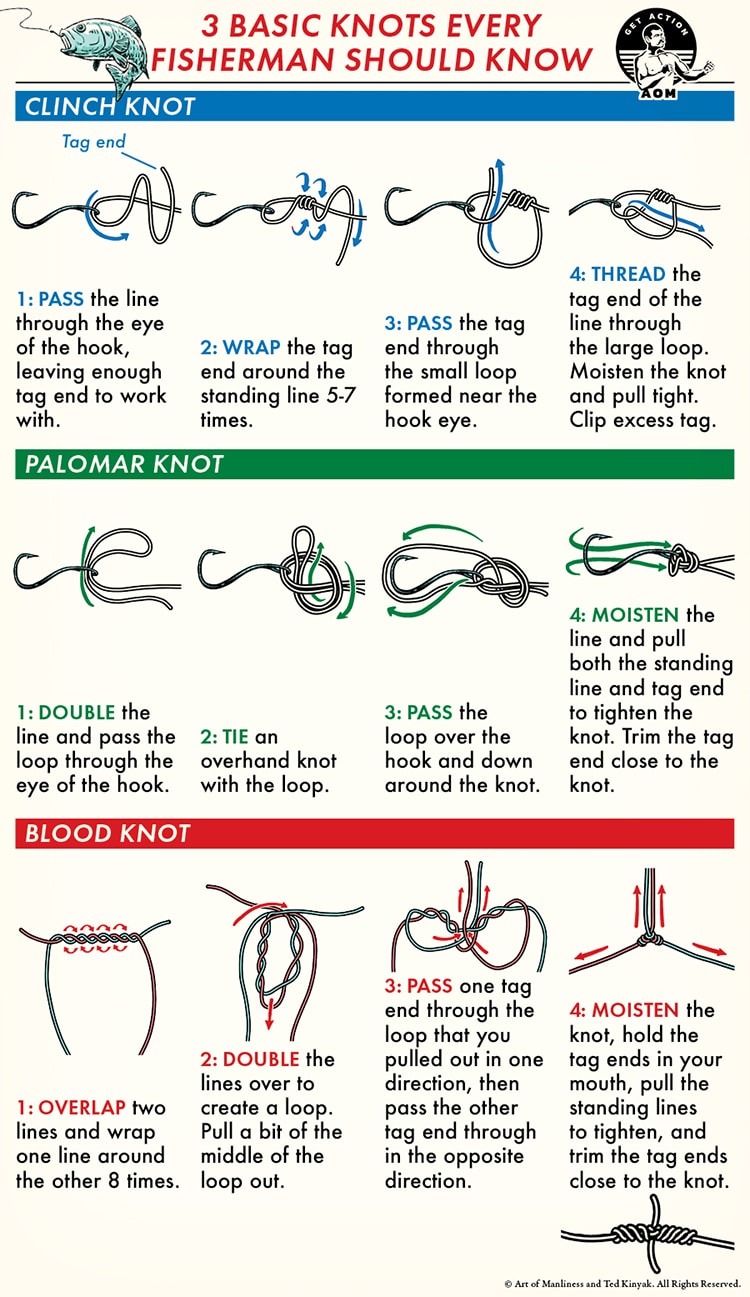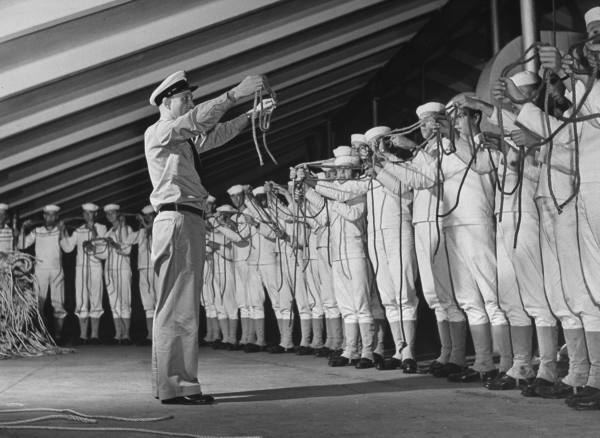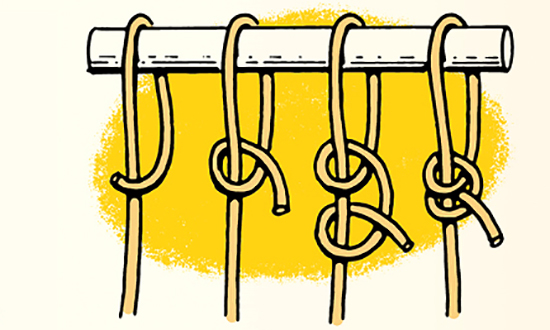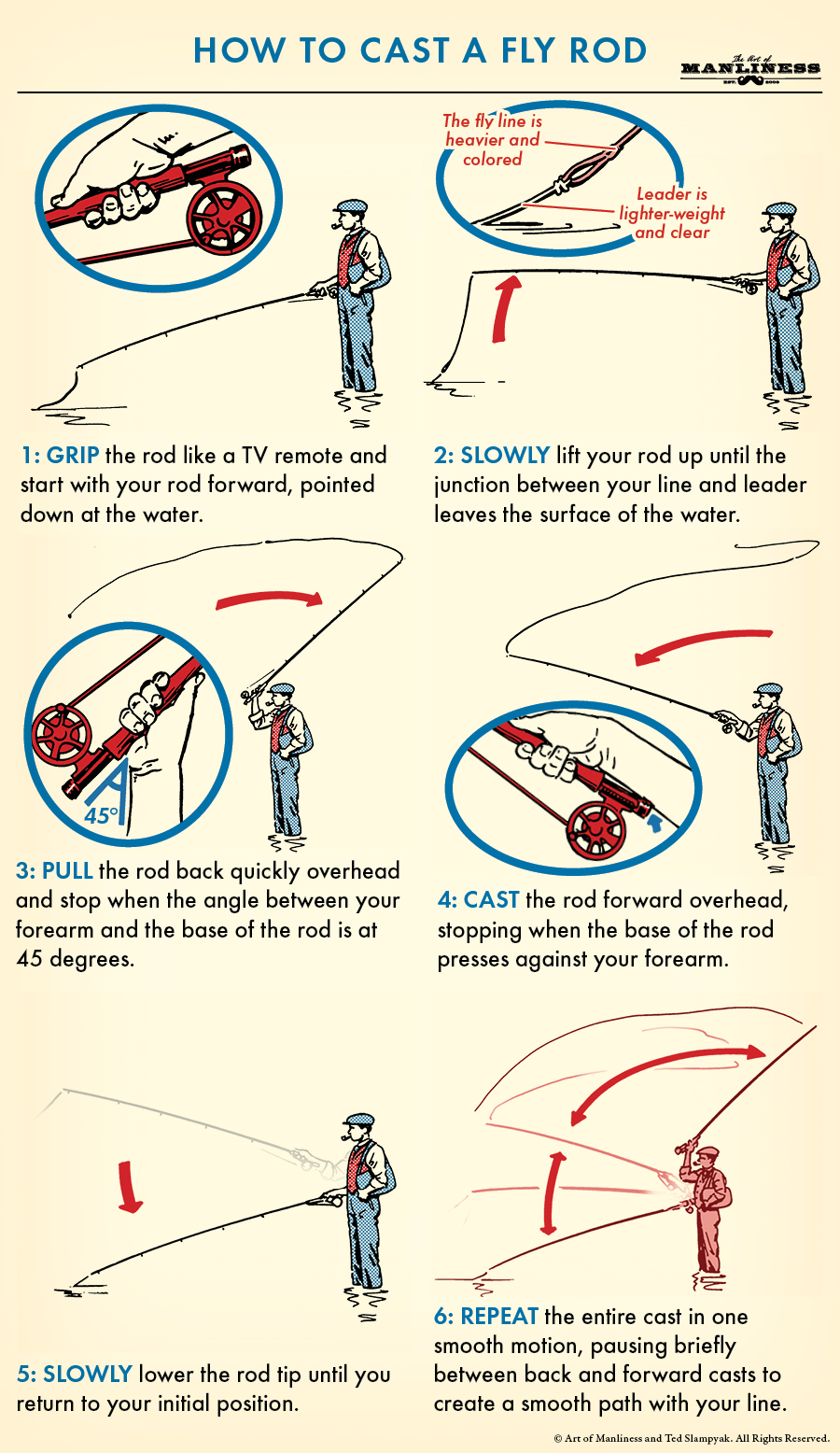
My 10-year-old daughter, Scout, has taken an interest in fishing recently, so I’ve been taking her to some of the municipal ponds here in Tulsa that the city has stocked with crappies and sunfish, like bluegills. It’s been a great way to spend time with my daughter in nature.
It’s also been an opportunity to review my own angling skills, as it had been a while since I’d gone fishing, and I’m the one who gets the fishing poles ready. The one thing I’ve had to brush up on is tying hooks to the fishing line.
There are three basic knots that are good for every fisherman to know.
The clinch knot is the first fishing knot I learned growing up and the one I’ve used the most over the years. It’s a strong, easy knot that has a low profile.
The Palomar knot is new to my fishing repertoire, and I wish I would have learned how to tie it sooner. It’s super easy to tie. It’s basically an overhand knot that you slip over the hook. But it’s super strong. It will probably replace the clinch knot as my go-to.
The blood knot is used to tie two pieces of line together. I admittedly haven’t had to tie this one too many times because you typically use it in fly fishing when creating leader lines. Since my daughter and I just use spincast rods in our pond fishing, we don’t use it. But I did take Scout fly fishing for the first time last week, and she seemed to catch the bug (in addition to 11 fish!), so I can see myself having to use this one more often.
Print out the illustrated guide above on how to tie all three knots and keep it in your tacklebox (along with these 10 essentials) so you don’t have to ruin the serenity of fishing by pulling out your phone.
Note on the illustration: The “tag end” of the fishing line is the part of the line that you manipulate to tie the knot. It’s also known as the “working end” of the knot.
Illustrated by Ted Slampyak







